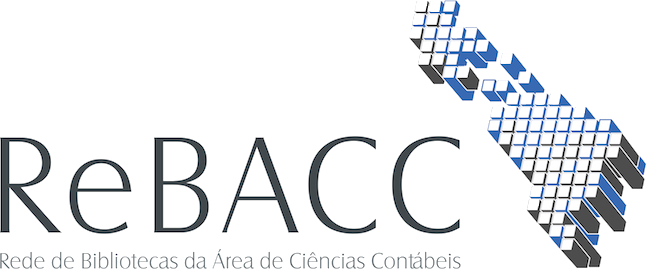Use este identificador para citar ou linkar para este item:
http://rebacc.crcrj.org.br/handle/123456789/3534| Título: | FINANCIAL AND MACROECONOMIC DETERMINANTS OF PROFITABILITY: EMPIRICAL EVIDENCE FROM THE BRAZILIAN BANKING SECTOR Financial and Macroeconomic Determinants of Profitability: Empirical Evidence from the Brazilian Banking Sector |
| Autor(es): | Capes |
| Palavras-chave: | Profitability. Brazilian Banks. Economic-financial Indicators. Macroeconomic Conditions. Profitability; Brazilian Banks; Economic-financial Indicators; Macroeconomic Conditions |
| Editora / Evento / Instituição: | AnpCONT |
| Descrição: | The aim of this paper is to verify the economic-financial and macroeocnomic determinants of profitability in the Brazilian banking sector. The analysis period covers the first semester of 1995 until the second semester of 2009. This period was stratified in moments (between 1995 and 2002 and between 2003 and 2009) to check for possible differences in profitability determinants during the years under analysis. The sample comprised 252 financial institutions. For data analysis, correspondence analysis (ANACOR) and panel data analysis techniques were used. Based on the perceptual maps produced through ANACOR, the association between the banking profitability categories and economic-financial indicators can be verified exploratorily. The Hausman test showed that the fixed effects model adjusts best to the analyzed data. In general, the results evidence that the economic-financial variables related to liquidity, credit risk, operating expense, operational efficiency and leverage, and the macroeconomic conditions with regard to the economic activity, inflation and the basic interest rate are statistically significant to explain Brazilian banking profitability. The aim of this paper is to verify the economic-financial and macroeocnomic determinants of profitability in the Brazilian banking sector. The analysis period covers the first semester of 1995 until the second semester of 2009. This period was stratified in moments (between 1995 and 2002 and between 2003 and 2009) to check for possible differences in profitability determinants during the years under analysis. The sample comprised 252 financial institutions. For data analysis, correspondence analysis (ANACOR) and panel data analysis techniques were used. Based on the perceptual maps produced through ANACOR, the association between the banking profitability categories and economic-financial indicators can be verified exploratorily. The Hausman test showed that the fixed effects model adjusts best to the analyzed data. In general, the results evidence that the economic-financial variables related to liquidity, credit risk, operating expense, operational efficiency and leverage, and the macroeconomic conditions with regard to the economic activity, inflation and the basic interest rate are statistically significant to explain Brazilian banking profitability. |
| URI: | http://rebacc.crcrj.org.br/handle/123456789/3534 |
| Outros identificadores: | http://asaa.anpcont.org.br/index.php/asaa/article/view/96 |
| Aparece nas coleções: | Revista ASAA |
Arquivos associados a este item:
Não existem arquivos associados a este item.
Os itens no repositório estão protegidos por copyright, com todos os direitos reservados, salvo quando é indicado o contrário.

